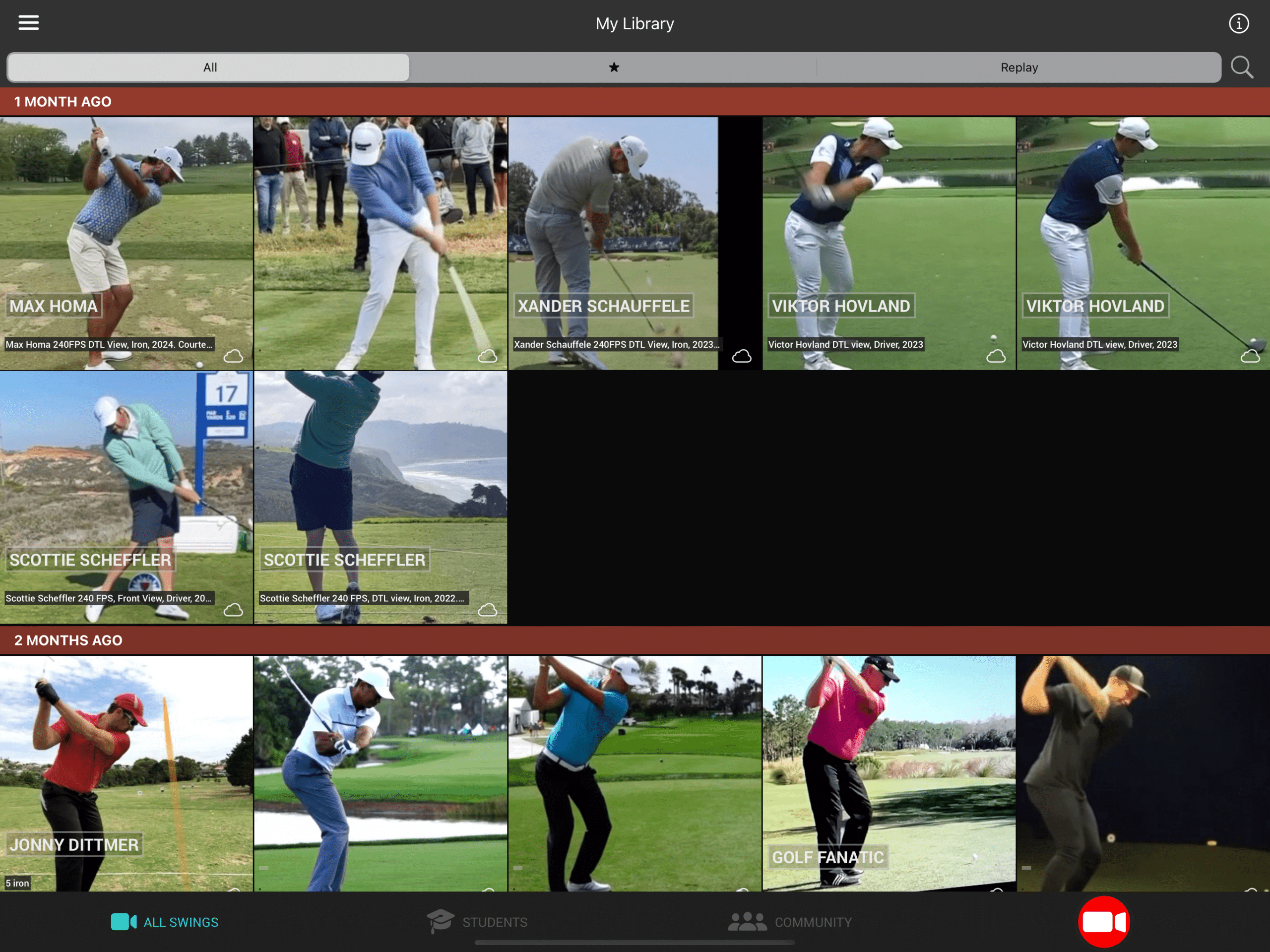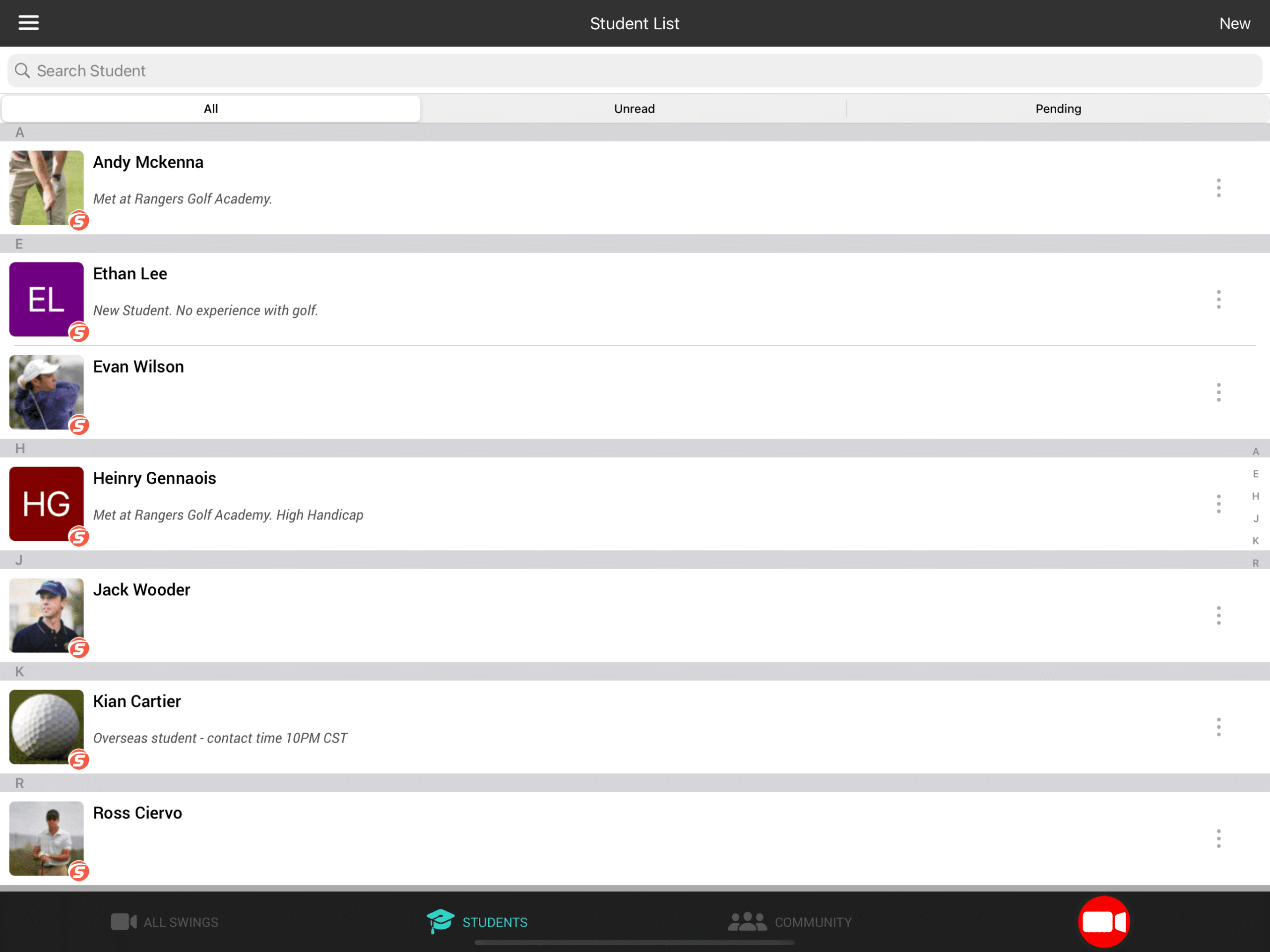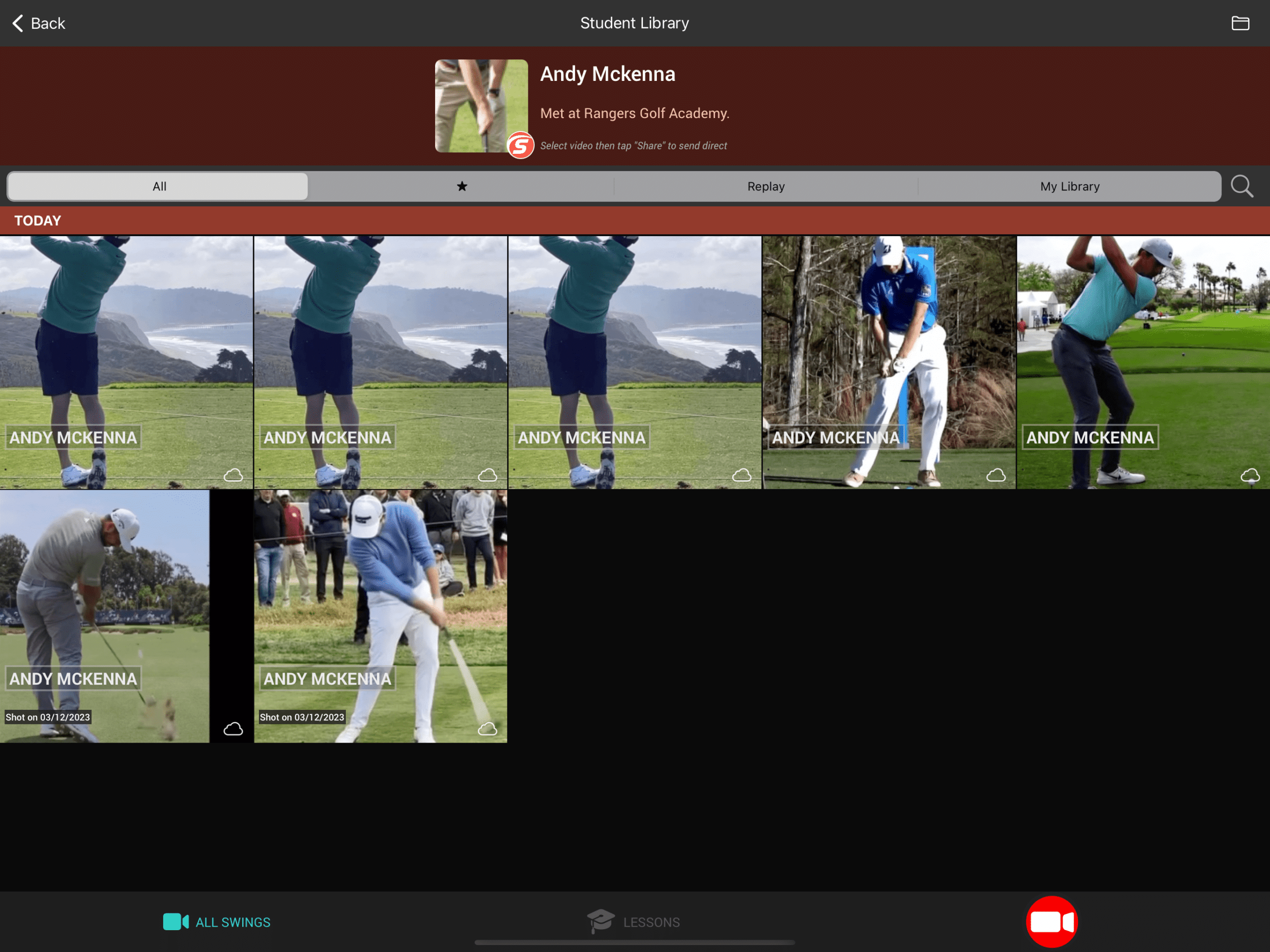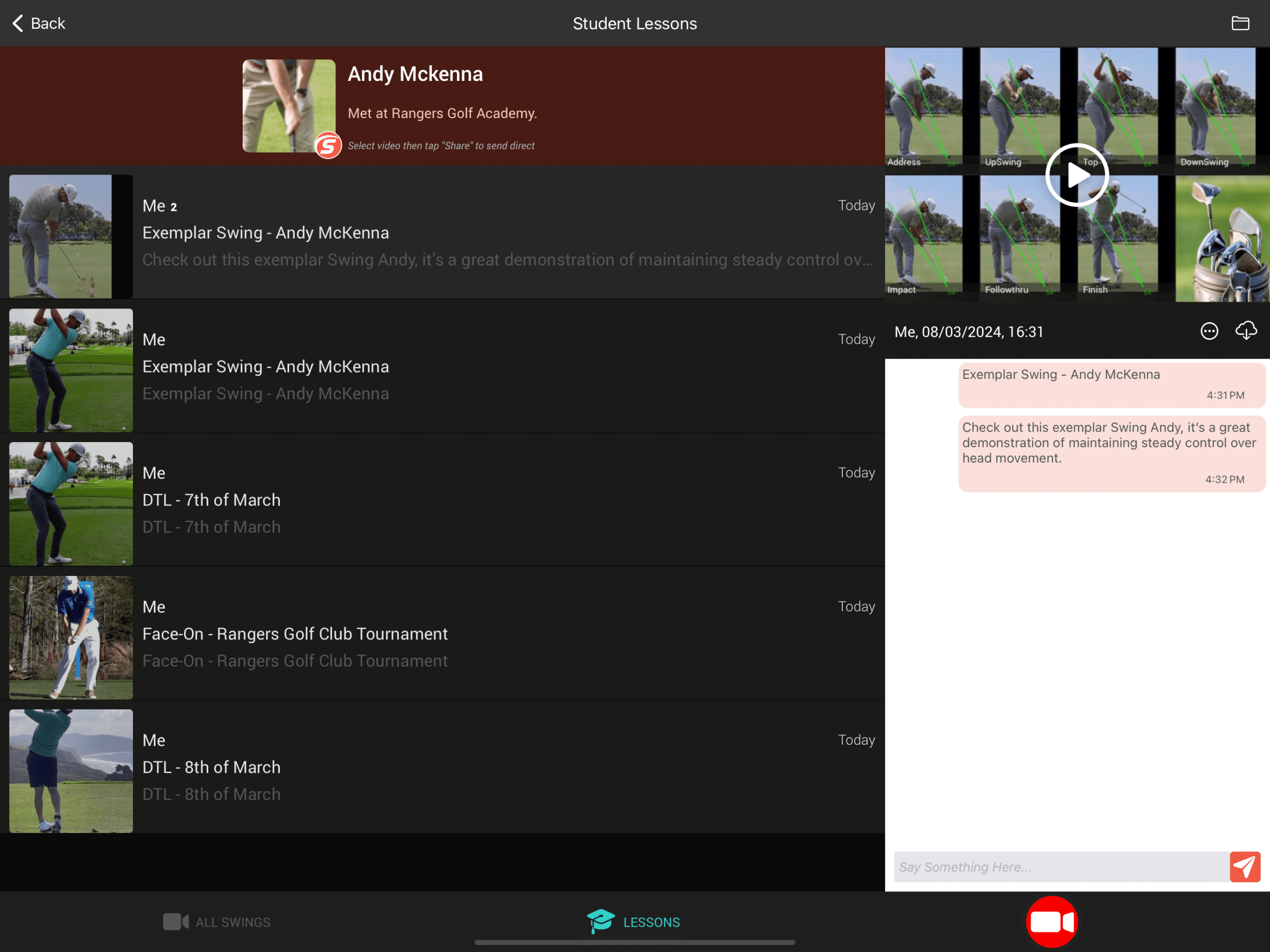Award-winning Golf Swing Analyzer App
The golf app that automatically captures and replays your golf swing and tracks ball flight, completely hands-free!
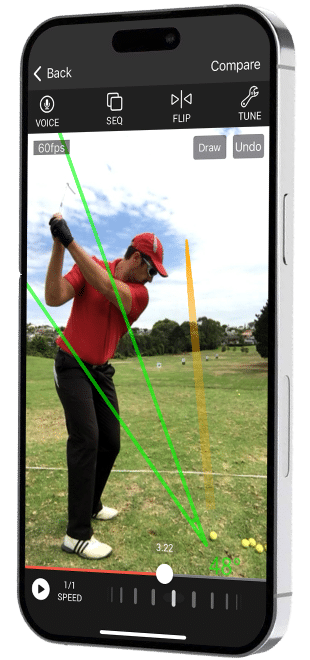

Auto Capture & Ball Track
Swing Profile advanced AI can continuously detect and record your golf swings including tracking ball trajectories.
Try it out with our FREE plan
Auto Replay
Swing Profile’s patented algorithm technology trims the video to keep only the 2-second vital swing motion and automatically plays back your swing video in slow motion after the shot, without touching the device.
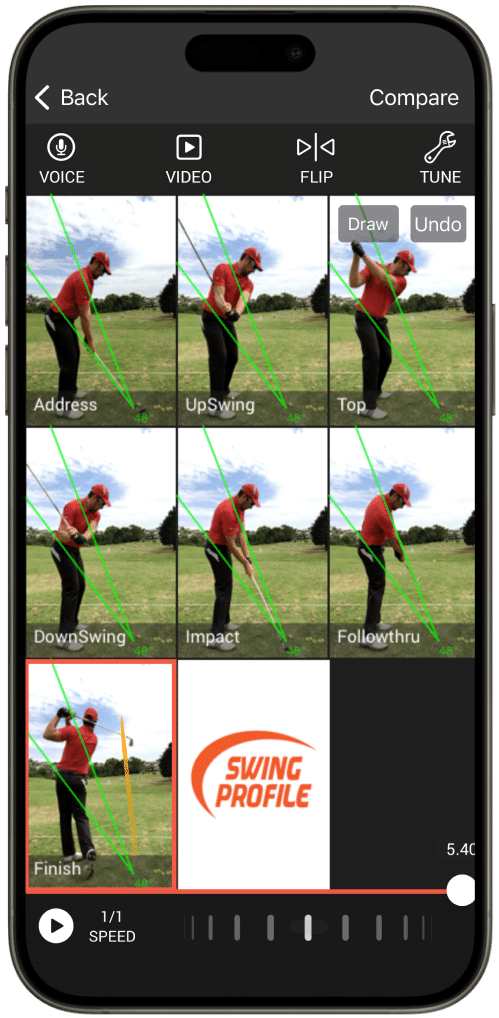
Auto Swing Plane & Sequence
Swing Profile automatically draws standard reference lines on your video and generates ‘Golf-Digest’ style swing sequences every time a swing is detected.
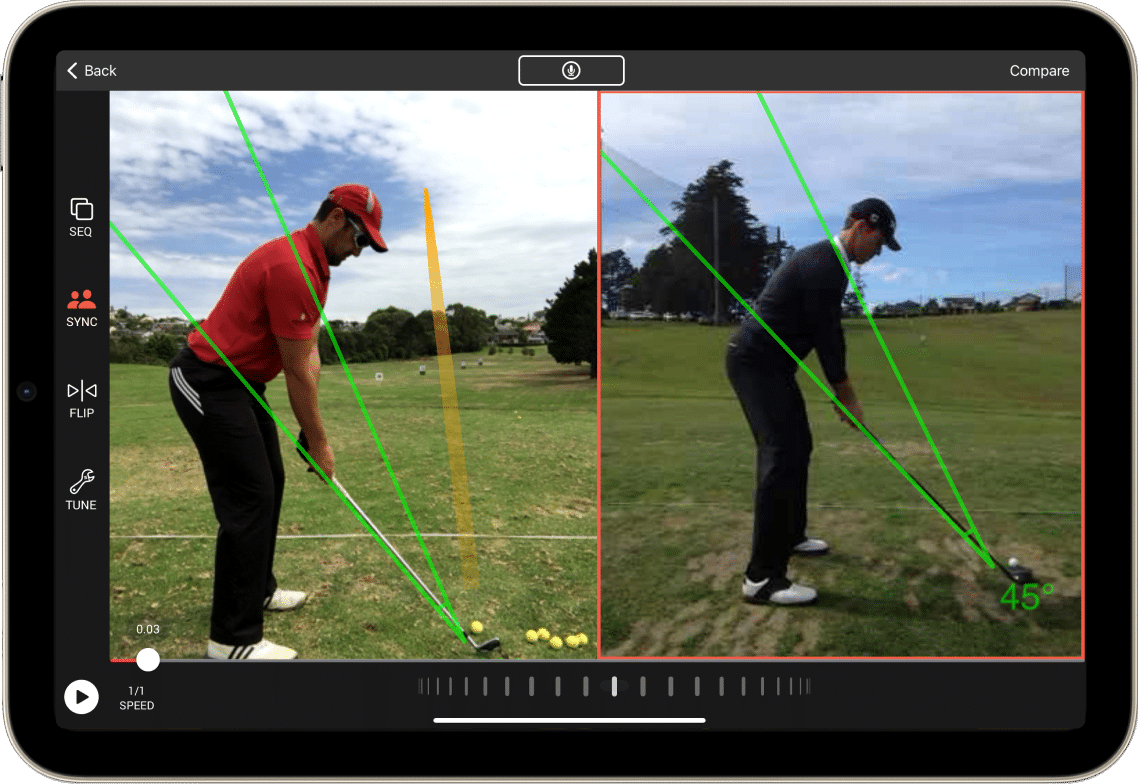
Auto Sync with Pro Swing
Swing Profile automatically synchronized two swings making comparison extremely easy and fast. Compare your form with that of a pro!
Tons More Features, Try Our Free Plan
Testimonials
What golfers are saying
The Coach App
Additional features to easily manage your students
- Student lockers
- Voice-overs analysis
- Sharing and messaging
- Custom branding
- Cloud storage
- Coach directory









